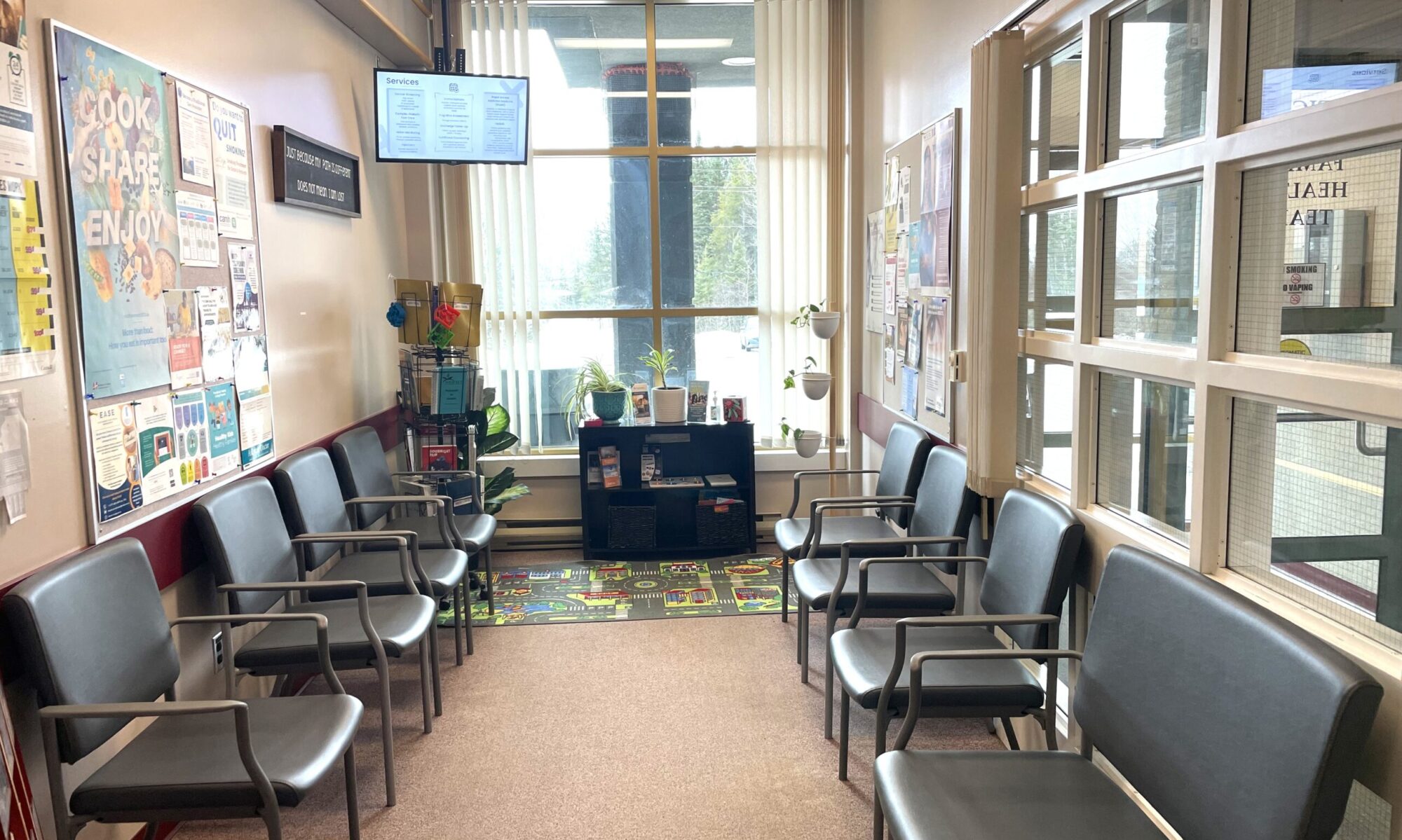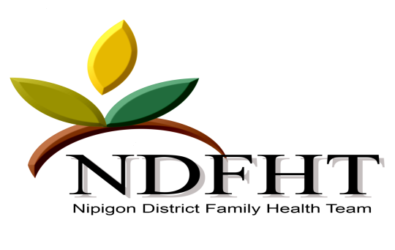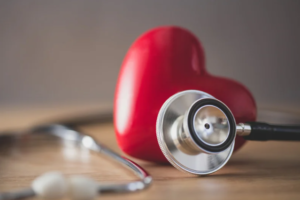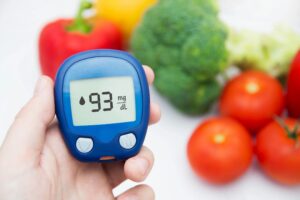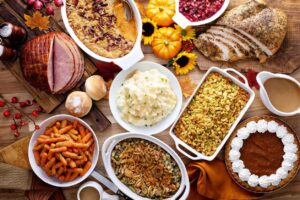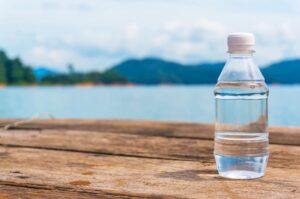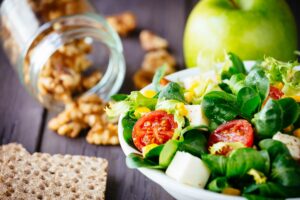
Nourish to Flourish! 🌱
March isn’t just about wearing green or waiting for the first signs of spring – it’s also Nutrition Month! This year’s theme is “Nourish to Flourish”, and it’s a reminder that the food we eat is more than just fuel for our bodies. It’s about how food connects us to others, supports our mental health, and enriches our cultural traditions. Let’s dive into what this theme really means and how we can use it to nourish our bodies and minds.
What Does “Nourish to Flourish” Really Mean?
The theme highlights the powerful connection between food and well-being. It’s not just about what we eat, but how our food choices support our physical health, our mental health, and our social lives. Sharing meals with loved ones or enjoying a dish that’s a part of your culture can bring you joy, peace, and a sense of connection. And let’s face it: we could all use a little more of that in our lives!
What’s Going On This March?
It’s not just about enjoying healthy food – we’ve got some exciting events lined up to help support your well-being. March is also Brain Health Awareness Month, and to celebrate, both the Registered Dietitian (Leanne) and our Registered Psychotherapist(Qualifying) (Janelle)will be visiting Brass Bells Early Years programming! It’s the perfect time to check out the links between brain health, nutrition, and mental well-being.
If you’re interested in learning more or joining in on these visits, feel free to contact either the Family Health Team or Brass Bells for more details. And for those who want some personalized guidance, individual nutrition counseling and psychotherapy are also available for those rostered with a family physician.
How Can a Registered Dietitian (RD) Help You?
So, what does a Registered Dietitian (RD) do exactly? Here are just a few of the ways we can support your health:
- Digestive issues: From bloating to allergies, we can help you navigate those tricky gut problems.
- Managing health conditions: Whether it’s diabetes, heart disease, hypertension (HTN), kidney disease, or something else, we’ll work with you to manage your condition through nutrition.
- Goal-setting and support: We take the time to understand your specific needs, help you set realistic goals, and provide ongoing support as you work toward those goals.
- Resources for success: From food models and sample meal plans to grocery shopping lists, we’ve got you covered. You’ll even get helpful written info to take home!
Dietitians can be found in a wide range of settings – from public health to hospitals to community centers. No matter where you are, we’re here to support you on your health journey!
How Can We Avoid Food Misinformation?
In a world full of confusing food trends, how can we tell what’s true and what’s just a marketing gimmick? Here are a few tips to stay on track:
- Beware of food marketing: Companies often create trends to sell products by linking them to specific lifestyles or health claims. Be cautious, and remember, not everything that sounds too good to be true actually is!
- Stick to trusted sources: When in doubt, check out reputable websites like Health Canada, Dietitians of Canada, and Unlock Food. These sources are full of science-backed advice.
- Read food labels: It’s easy to be swayed by a catchy slogan on a package. Take the time to read the label and fact-check the claims. And if you need help, a local RD is just a call away!
Leanne’s Top 3 Messages as a Dietitian:
- Eat more fiber! 🌾: It’s the magic ingredient for better digestion and heart health. Load up on veggies, fruits, nuts, seeds, legumes, and whole grains to get your fill.
- Practice label reading! 📖: If you feel like you’re not quite sure what’s in your food, a quick check of the label can give you clarity. Need a hand? Don’t hesitate to reach out to an RD for help.
- Everything in moderation – including moderation! 🍕: Yes, that’s right! Life’s too short to not enjoy your food. Limit highly processed foods, eat meals with loved ones, cook when you can, and savor every bite. Just be mindful of your eating habits!
Let’s Flourish Together!
This Nutrition Month, let’s remember that food is more than just sustenance – it’s a way to connect, to heal, and to thrive. So, take a moment to nourish yourself and those around you. Whether it’s through sharing a meal or trying a new recipe, remember: you deserve to flourish.
Here’s to good food, good company, and a healthy, happy month ahead! 🌟
